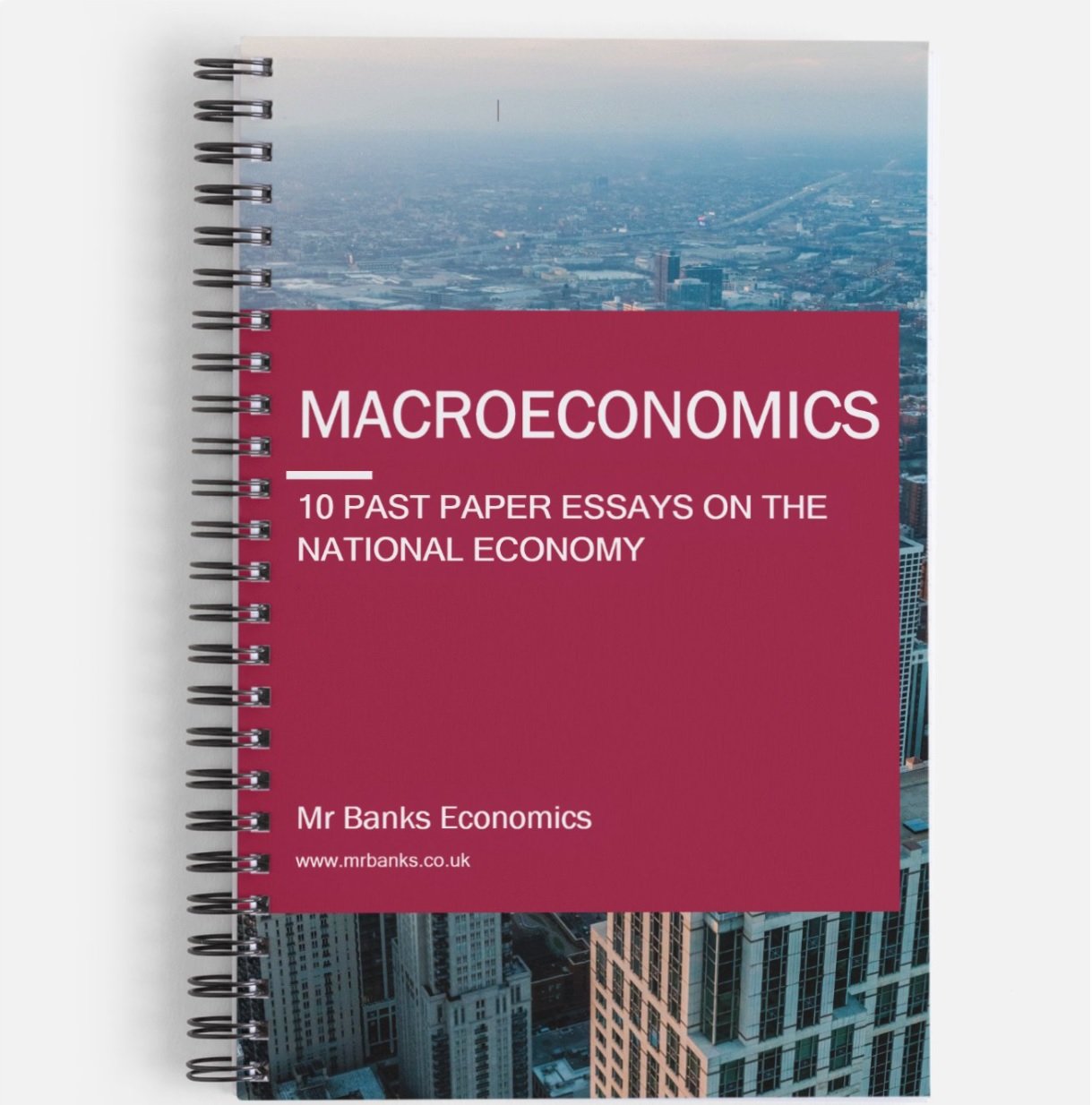Price Discrimination | Model Answer
A-level Economics
“DISCUSS THE EXTENT TO WHICH PRICE DISCRIMINATION IS BENEFICIAL TO PRODUCERS AND CONSUMERS”
ESSAY PLAN
1) Define
Price discrimination occurs when a seller charges different prices to different customers for exactly the same product.
2) Explain the benefits to the producer
Price discrimination will lead to the transfer of some, or all, of the consumer surplus to the producer. This means producers’ revenues increase, which is a good thing for producers, but not consumers (they are losing welfare through loss of consumer surplus).
Diagrams and explanations you can use:
1st Degree Price discrimination (the perfect case where all consumer surplus is transferred to the producer)
2nd Degree price discrimination (when producers transfer some consumer surplus in to extra revenue by charging people more if they buy less quantity)
3rd Degree price discrimination (when producers transfer some consumer surplus by segmenting the market and charging different prices to different segments e.g. off peak vs peak, child vs adult vs senior prices)
Different groups of people have different PEDs, and the firm will charge more to groups with inelastic PED (to make more revenue), and the firm will charge less to groups with elastic PEDs (to make more revenue too).
2a) The extent it would benefit producers
The extent it would benefit producers depends on a number of factors. Firstly, it would depend on the price making ability of the firm. If the firm has monopoly power, then its ability to price discriminate will be greater, because it has greater price setting power and consumers have fewer substitutes to choose from.
It would also depend on the ability of firms to extract information from the market. To price discriminate perfectly, the firm would need to be able to know the maximum willingness to pay of all the consumers in the market and then charge them an exclusive price relative to this. In reality, this is an unreasonable assumption, so 1st degree price discrimination is unlikely to benefit producers much. However, 3rd degree price discrimination is particularly effective for train companies, as they are very aware of the necessity people have when travelling during peak hours. This is why peak train tickets are often 3 or 4x the value of off-peak tickets, and this benefits train companies greatly.
3) Benefits to consumers
However, there also some benefits to consumers. These benefits would include:
· Extra revenue generated by the firms may be used to improve product quality – the extra profit generated by the producer could be seen as a form of dynamic efficiency.
· Some consumers will gain – e.g. people who travel at off-peak times on the train can often travel very far distances for huge discounts. Another example is how students get student discounts
· Therefore, price discrimination can have an income redistribution effect. It means people who earn more pay more, and people who earn less are likely to pay less.
3a) The extent it would benefit consumers
· It would depend on a number of factors. Firstly, for extra revenue to improve product quality, firms must reinvest their excess profits in order to achieve this outcome. If profits are not reinvested, then product quality is unlikely to improve – therefore, it would not benefit the consumer in this case.
· There are also likely to be time lags from this investment – it would be some time before consumers feel the benefits of improved product quality
· Furthermore, while it can benefit certain consumers, it depends on the size of the discount offered to certain groups of people. While student discounts can help, a 10% discount from Topshop is unlikely to make a huge difference to students’ standard of living, mainly because the discount is quite small and Topshop sell luxury items. However, a large discount of a necessity item e.g. 1/3 off rail tickets for Under 25s is likely to make a big difference to this group of people
In conclusion, price discrimination is good for producers, however it can be both positive and negative for consumers.
IF YOU WANT GOOD GRADES FAST, BUY THESE BOOKS!
MACROECONOMICS MODEL ANSWER BOOK
10 Past Papers with Model Answers on the National Economy
Written by an experienced Economics tutor
Full model answers with diagrams
Suitable for all UK Economics exam boards
Physical booklet
£30.00
MICROECONOMICS MODEL ANSWER BOOK
10 Past Papers with Model Answers on Market Failure
Written by an experienced Economics tutor
Full model answers with diagrams
Suitable for all UK Economics exam boards
Physical booklet
£30.00



